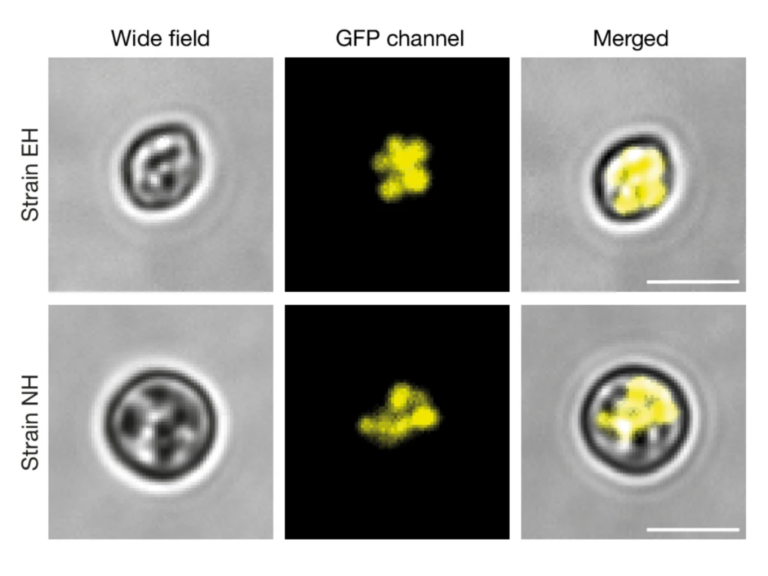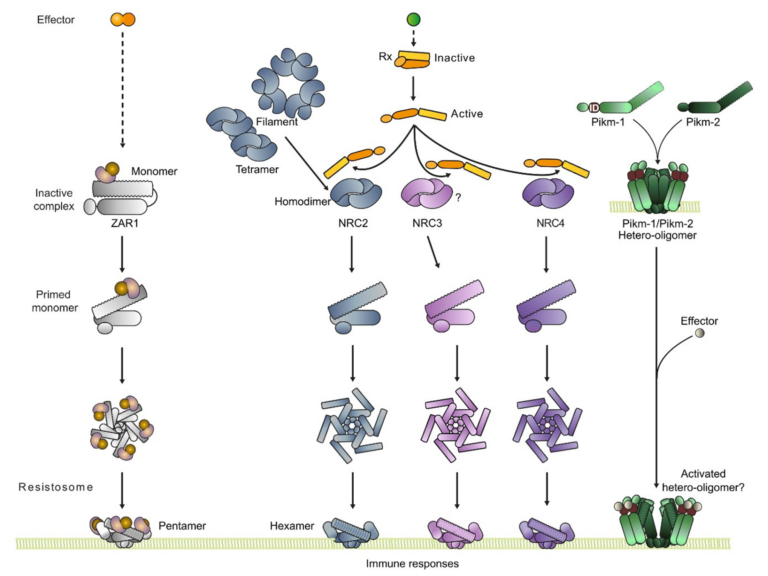The host exocyst complex is targeted by a conserved bacterial type-III effector that promotes virulence
For most Gram-negative bacteria, pathogenicity largely depends on the type-III secretion system that delivers virulence effectors into eukaryotic host cells. The subcellular targets for the majority of these effectors remain unknown. Xanthomonas campestris, the causal agent of black rot disease of crucifers such as Brassica spp., radish, and turnip, delivers XopP, a highly conserved core-effector protein produced by X. campestris, that is essential for virulence. Here, we show that XopP inhibits the function of the host-plant exocyst complex by direct targeting of Exo70B, a subunit of the exocyst complex, which plays a significant role in plant immunity. XopP interferes with exocyst-dependent exocytosis, and can do this without activating a plant NLR (NOD-like receptor) that guards Exo70B in Arabidopsis. In this way, Xanthomonas efficiently inhibits the host's pathogen-associated molecular pattern (PAMP)-triggered immunity (PTI) by blocking exocytosis of pathogenesis-related protein-1A (PR1a), callose deposition and localization of the FLS2 immune receptor to the plasma membrane, thus promoting successful infection. Inhibition of exocyst function without activating the related defences represents an effective virulence strategy, indicating the ability of pathogens to adapt to host defenses by avoiding host immunity responses.


